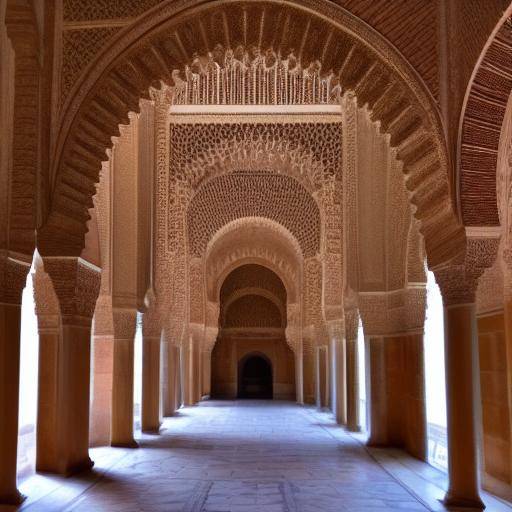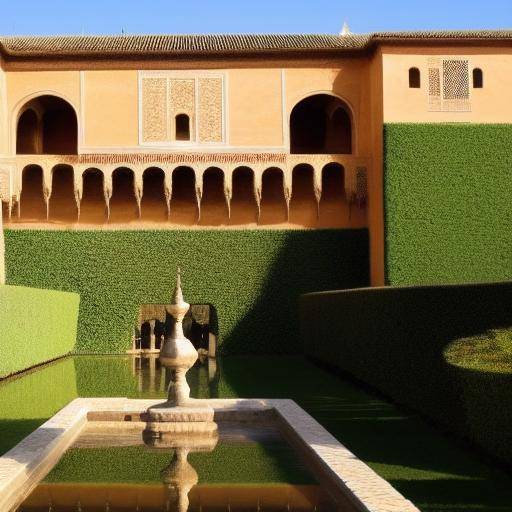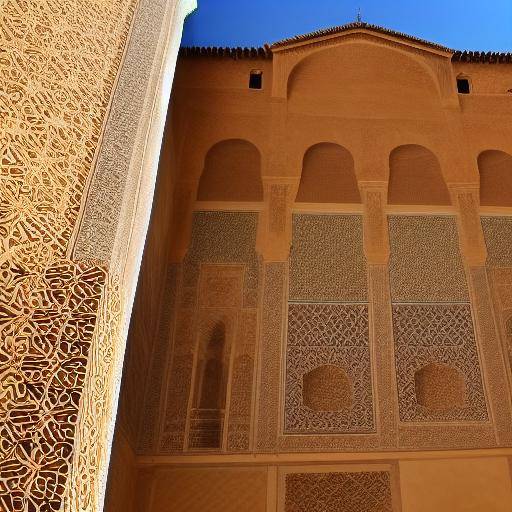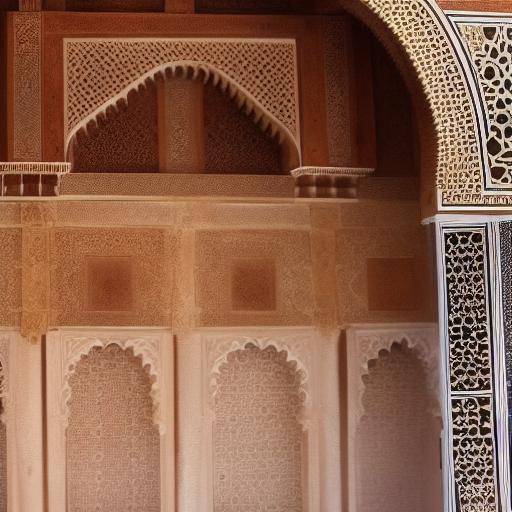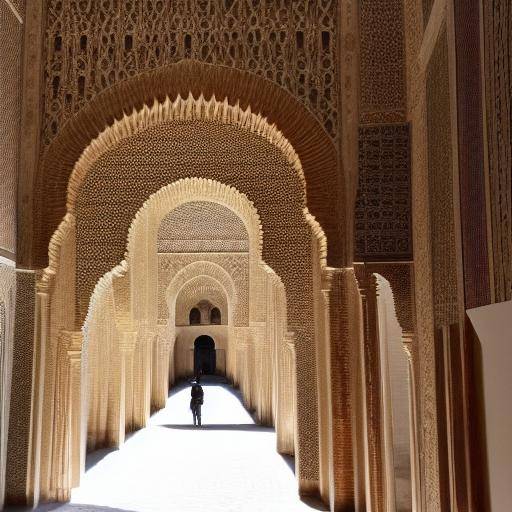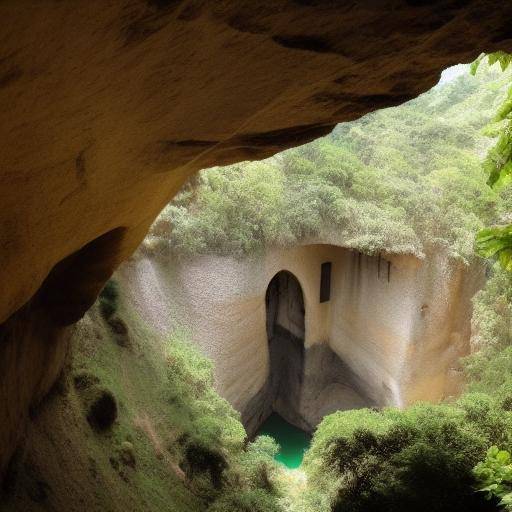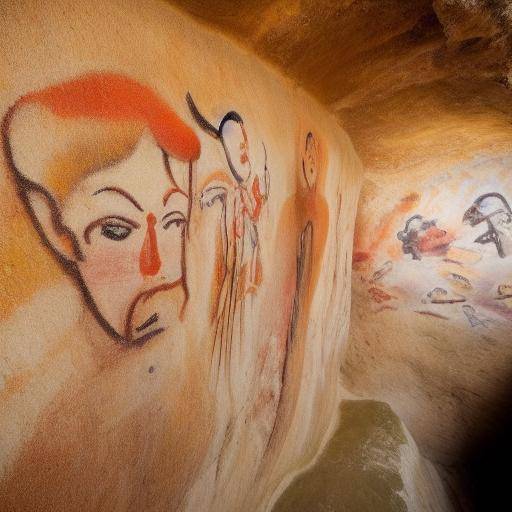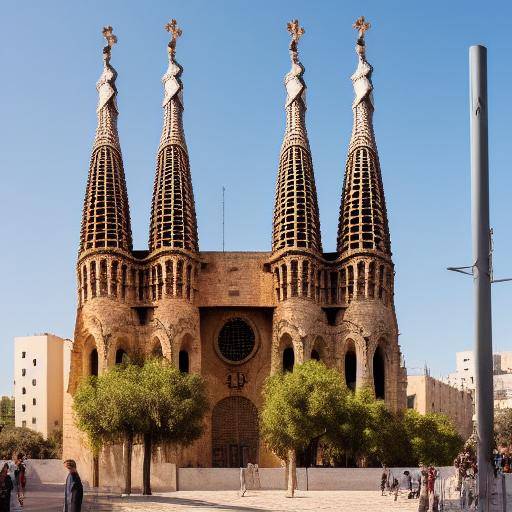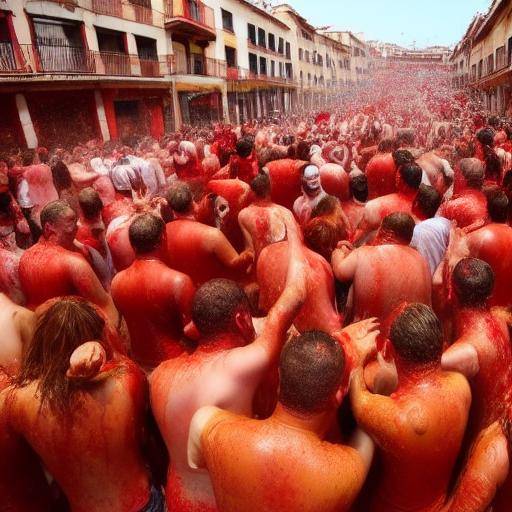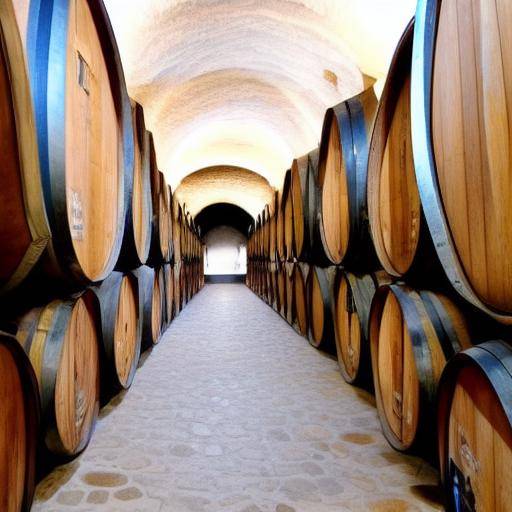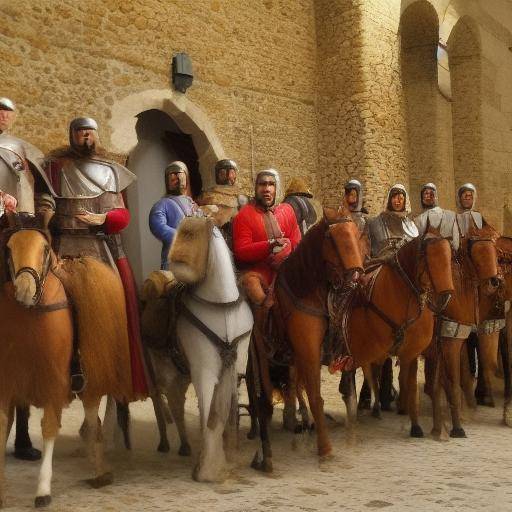
The Romanesque is a medieval architectural style characterized by its beautiful churches, monasteries and castles built in stone. Spain, in particular the region of Castile and Leon, has an incomparable wealth of Romanesque art, which has left an unbeatable mark on the history and culture of the area. In this article, we will explore the fascinating Romanesque route in Castile and Leon, discover the importance of Romanesque art in Spain and explore the beauty of its religious architecture.
History and Context of the Romanesque
Romanesque art had its apogee between the 11th and 13th centuries in Europe, being a period of profound influence on architecture, sculpture and religious painting. In Spain, the Romanesque was established with great splendor in the region of Castile and Leon, where still magnificent samples of this artistic style remain.
The Romanesque architecture is characterized by its solid forms, thick walls, half-point arches and barrel vaults. His churches often have cylindrical towers, richly decorated with sculptures and capitals adorned with religious motifs.
The Romanesque Route in Castile and Leon
The Castile and Leon region offers the opportunity to follow a fascinating Romanesque route, which includes more than 200 churches, monasteries and other exceptional Romanesque monuments. Places such as the Cathedral of Burgos, the church of San Martín de Frómista, the collegiate of San Isidoro in León and the church of San Miguel in Sotosalbos, among others.
It is amazing to contemplate the serenity and majesty of these constructions, which transport us to a time of religious fervor and great cultural significance. Each Romanesque monument tells a unique story, with ornamental details that reveal the artistic skill of its builders.
If you are a lover of art and history, without a doubt the Romanesque route in Castile and Leon will captivate you with its beauty and historical significance.
The Importance of the Romanesque in Spain
The Romanesque is not only an artistic style, but also a historical legacy that reflects the influence of Christianity on the Iberian Peninsula. Romanesque constructions in Spain are a testimony to the splendor and devotion of the medieval period, as well as a valuable cultural heritage that must be preserved and valued.
The Romanesque churches and monasteries are silent witnesses of history, offering insights into the spirituality, everyday life and artistic expressions of their builders. These architectural jewels are an invaluable tourist attraction, attracting visitors from around the world interested in exploring the richness of the Spanish Romanesque.
Religious Architecture: Beauty and Meaning
The religious architecture of the Romanesque in Spain not only stands out for its imposing presence, but also for its profound symbolism. Each architectural element, from the columns to the rosettes, has a theological and spiritual meaning that enriches the experience of those who contemplate them.
The duality between the solidity of stone and the delicacy of sculptures reveals the unique combination of strength and spirituality that characterizes the Romanesque. The Romanesque churches invite reflection, contemplation and admiration of an art that transcends the times and continues to marvel at entire generations.
Conclusions and FAQs
In short, the Romanesque route in Castile and Leon is an unforgettable journey through medieval art that will delight lovers of cultural heritage. The Spanish Romanesque is an invaluable treasure that deserves to be discovered and appreciated for its historical significance and impressive architectural beauty.
Frequently asked questions:
1. What is the best time to visit the Romanesque route in Castile and Leon?
Spring and autumn are usually the best times to visit the Romanesque route, as the climate is softer and the landscapes are in full splendour.
2. What are the most outstanding Romanesque churches in the region of Castile and Leon?
Some of the most outstanding churches are the Colegiata de San Isidoro in León, the Cathedral of Ávila, the Church of San Martín de Tours in Fromista and the Church of San Martín in Segovia, among others.
3. What is the meaning of the decoration of the Romanesque churches?
The decoration of the Romanesque churches has a profound theological and symbolic meaning, representing biblical scenes, sacred figures and motives that seek to convey religious teachings and values.
4. What is the impact of Romanesque art on Spanish culture?
Romanesque art has left an indelible impact on Spanish culture, influencing later architecture, sculpture and painting and being a valuable testimony of religious devotion and the art of medieval times.
5. Is there a guided route to visit the Romanesque monuments in Castile and Leon?
Yes, there are different options for guided tours and specialized tours that allow the interested to know in depth the richness of Romanesque art in Castile and Leon.
6. What is the legacy of the Spanish Romanesque today?
The legacy of the Spanish Romanesque today resonates through its influence on the art, architecture and cultural identity of the region, being a heritage valued and preserved with pride.
In conclusion, the Romanesque route in Castile and Leon invites us to immerse ourselves in a fascinating journey through medieval art, which reveals to us the greatness and spirituality of a past time. The beauty and historical significance of the Romanesque churches and monuments are a cultural treasure that deserves to be appreciated and preserved for future generations.

